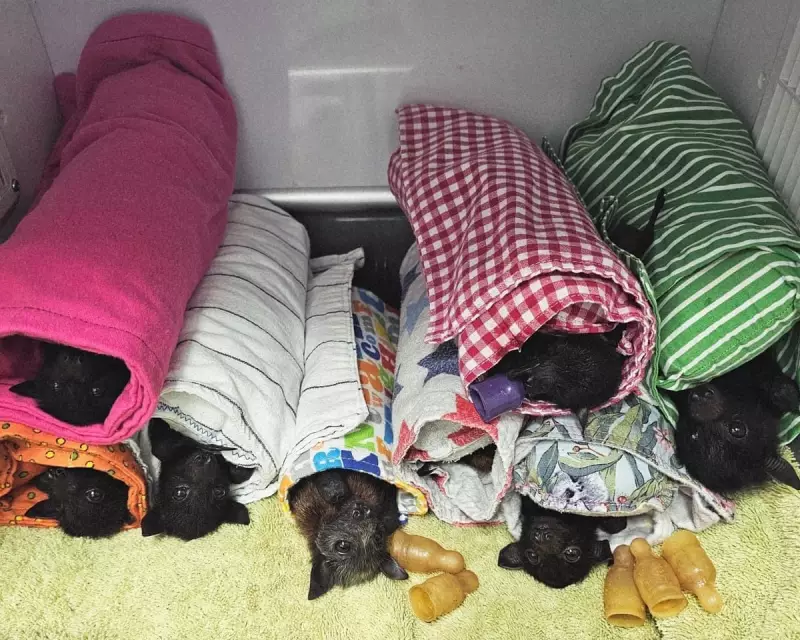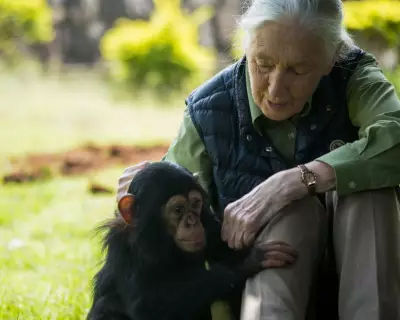
A devastating hailstorm of unprecedented ferocity has left Queensland's native flying fox population fighting for survival, with wildlife hospitals overwhelmed by hundreds of battered and injured animals.
Nature's Ice Assault
The storm, which struck the Gympie region north of Brisbane, unleashed hail stones comparable in size to tennis balls, creating a deadly barrage from the skies. The frozen projectiles pummelled the vulnerable flying foxes as they roosted in trees, leaving them with severe injuries including broken wings, deep bruising, and life-threatening trauma.
"The scale of this devastation is unlike anything we've witnessed before," reported a spokesperson from the Australia Zoo Wildlife Hospital, where staff are working around the clock to save the injured creatures.
Wildlife Rescue Operation
Veterinarians and wildlife carers have described scenes of carnage in the storm's aftermath. The flying fox colonies, essential pollinators for Australia's native forests, took the full force of nature's fury with little means of protection.
Rescue efforts have been complicated by the animals' fragile condition and the sheer number requiring immediate medical attention. Many of the bats suffered multiple fractures and internal injuries from the ice bombardment.
Climate Connection Raises Alarm
This extreme weather event has triggered serious concerns among conservationists and climate scientists. While hailstorms are not uncommon in Queensland, the sheer size of the hail and the timing of the event have raised questions about whether climate change is creating more frequent and intense weather phenomena.
"When we see weather events of this magnitude causing such widespread harm to our native species, we have to ask what role a changing climate is playing," noted a local environmental researcher.
Long Road to Recovery
The rehabilitation process for the injured flying foxes is expected to take months, with many animals requiring extensive veterinary care before they can be returned to the wild. Wildlife organisations have issued appeals for public support and donations to help manage the crisis.
This disturbing event serves as a stark reminder of how vulnerable Australia's unique wildlife remains to extreme weather patterns, highlighting the urgent need for continued conservation efforts and climate action.





